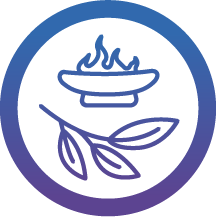Was there integration of traditional medicine for those wishing to have it?
Why is this indicator important to First Nations, Inuit and Métis?
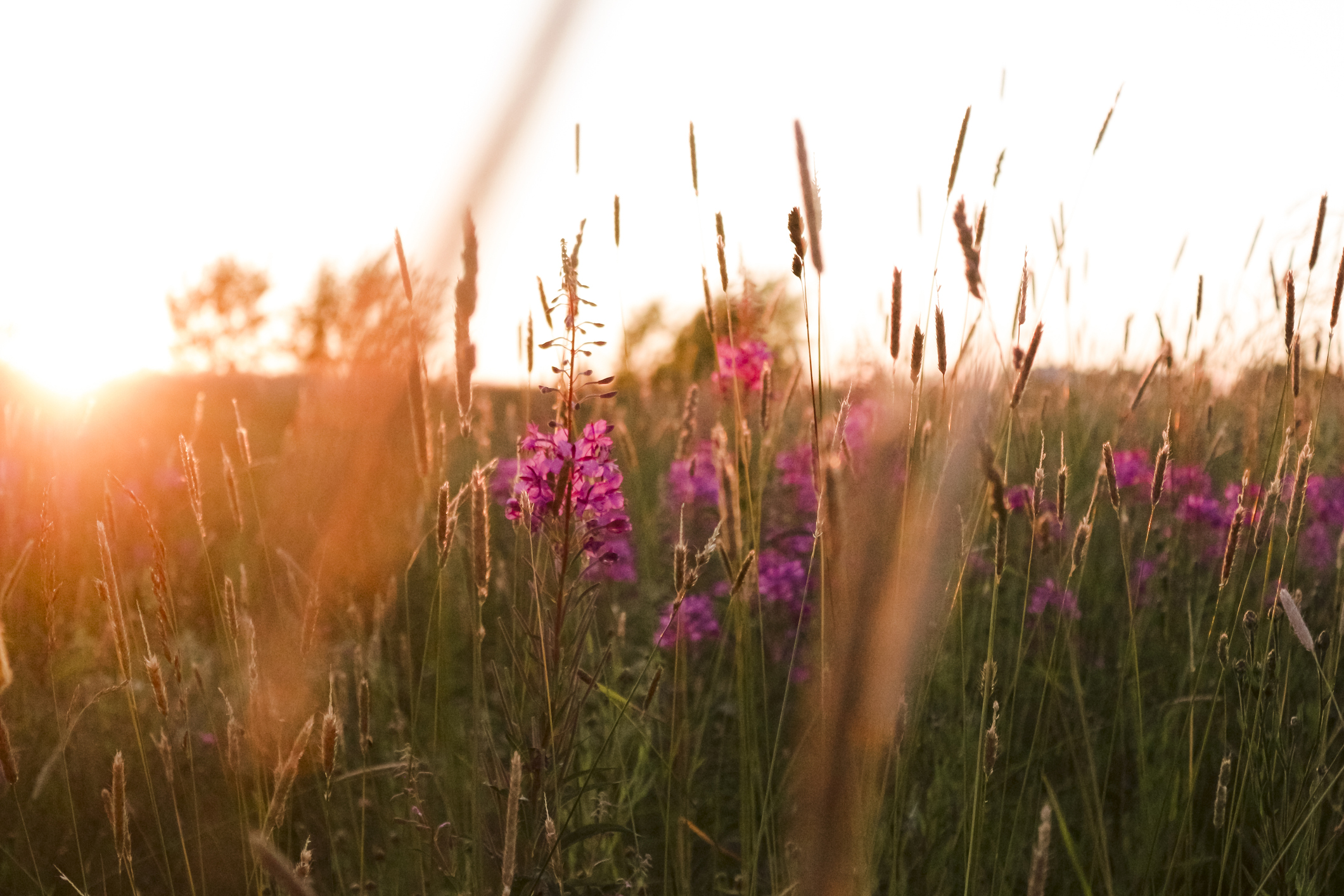
Barrier-free access to traditional healing practices and traditional medicine are both a right and a way to improve care for First Nations, Inuit and Métis in healthcare systems.
Traditional medicine can include ceremonies, plant-based medicines, Elders’ prayers and counselling and other techniques to promote an individual’s physical, mental, emotional and spiritual health and well-being.
Traditional medicines from the land or territory of the Indigenous patient draw strength from and mutually reinforce Indigenous patients’ connection with their land and cultural teachings.
Traditional healing and medicines incorporate local Indigenous world views and perspectives on health and well-being.
It is important to understand that these differ between and amongst First Nations, Inuit and Métis.
Each have their own unique culture and understandings around traditional healing and traditional practices.
But what is important is that traditional healing and traditional practices reinforce a connection to their ancestral identity, teachings and original ways to support wellness among First Nations, Inuit and Métis.
View Indigenous determinants of health
How does this affect care and outcomes?
Traditional medicines embody cultural and spiritual teachings about health and wellness that relate to physical, emotional, mental and spiritual aspects of health and balance, and harmony in all aspects of wholistic health.
Traditional medicines strengthen spiritual well-being. A strong spirit allows one to persevere and fight through illness.
In addition to the healing properties of traditional medicines, other benefits such as psychological, emotional and spiritual support to people living with cancer have been described.
Most importantly, patients feel empowered in facing their health issues and find comfort and support when they were treated with traditional medicine.1,2
Unique perspectives from First Nations
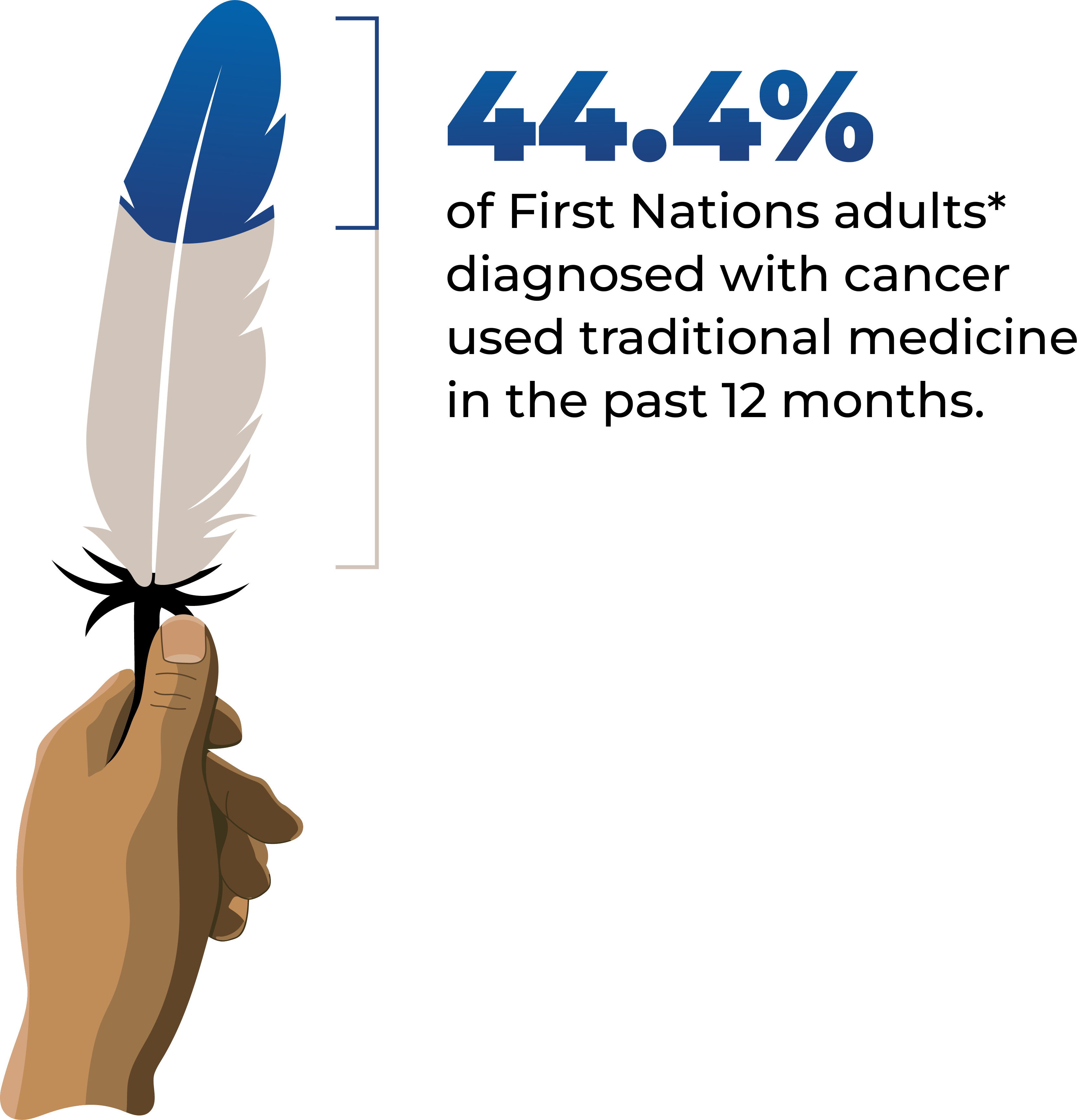
*First Nations adults who live on reserve or in Northern communities
Data source: First Nations Information Governance Centre, First Nations Regional Health Survey (Phase 3, Adult Survey, 2018)
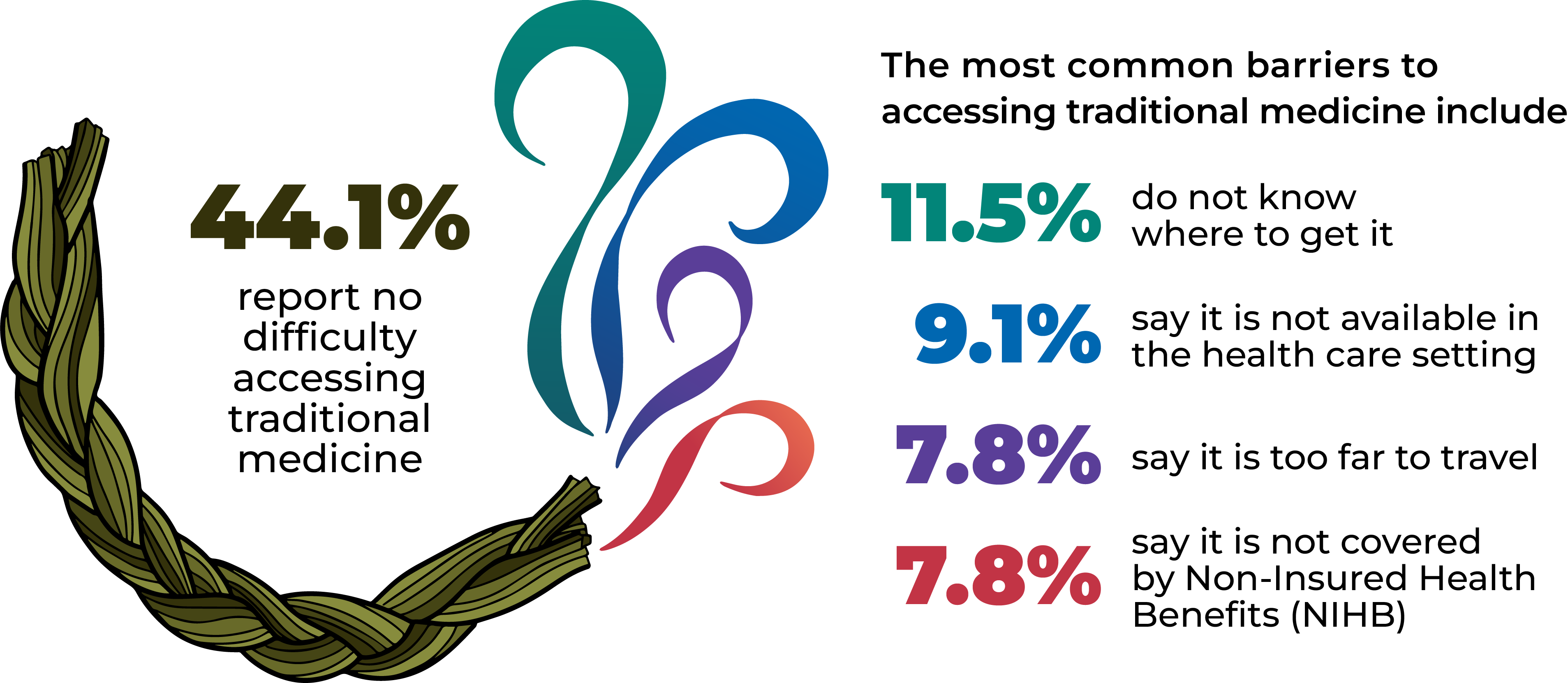
Towards health equity
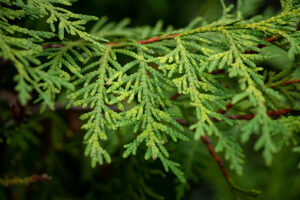 Traditional medicines and practices have a legitimate place in health care.3
Traditional medicines and practices have a legitimate place in health care.3
However, policies such as health and safety, food inspection and food safety, and smoke-free environments must be adjusted to allow the inclusion of traditional medicines and practices in healthcare settings.
When healthcare settings are inclusive of Indigenous cultures and their traditional medicines, they become more culturally safe for Indigenous Peoples.
Cultural safety is an important mechanism to redress significant health disparities which result from colonial trauma.
What this would mean for people in Canada
The quality of healthcare provision is improved in a system that is culturally safe and inclusive of cultural practices such as traditional medicines for Indigenous Peoples.4
View indicator development process
View ways of measuring the indicators
- Redvers, N., Marianayagam, J., & Blondin, B. (2019). Improving access to Indigenous medicine for patients in hospital-based settings: a challenge for health systems in northern Canada. Int J Circumpolar Health. 2019; 78(1), DOI: 10.1080/22423982.2019.1577093
- Canadian Cancer Society. Aboriginal traditional healing. Available from: https://cancer.ca/en/treatments/complementary-therapies/aboriginal-traditional-healing
- “Traditional medicine has a long history. It is the sum total of the knowledge, skill, and practices based on the theories, beliefs, and experiences indigenous to different cultures, whether explicable or not, used in the maintenance of health as well as in the prevention, diagnosis, improvement or treatment of physical and mental illness.” World Health Organization. Traditional, complementary and integrative medicine. Available from: https://www.who.int/health-topics/traditional-complementary-and-integrative-medicine#tab=tab_1
- United Nations Declaration on the Rights of Indigenous Peoples, Article 24 and Truth and Reconciliation Call to Action 22

